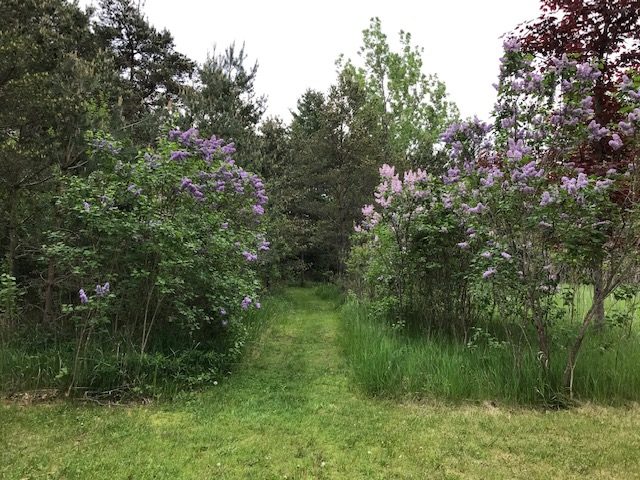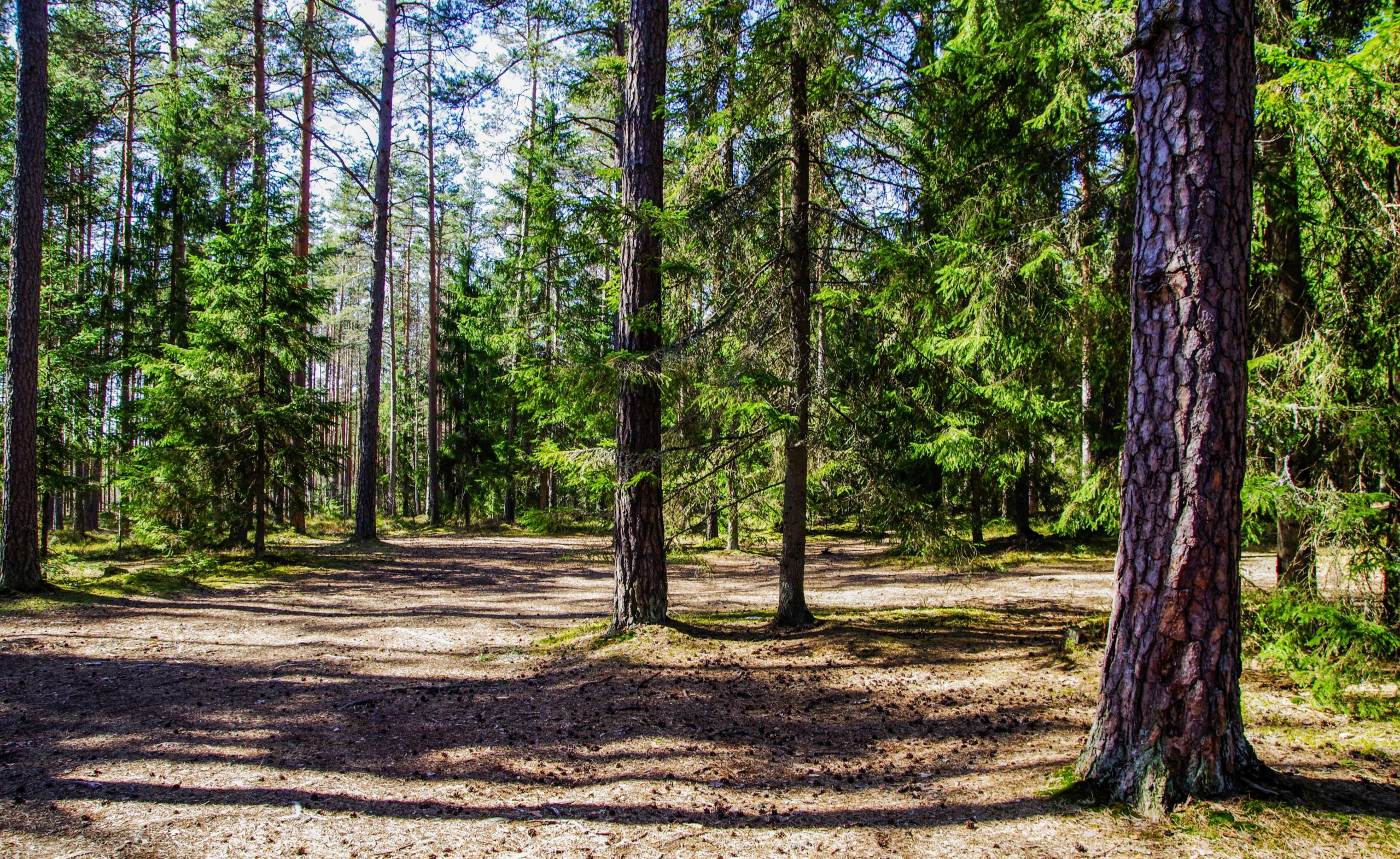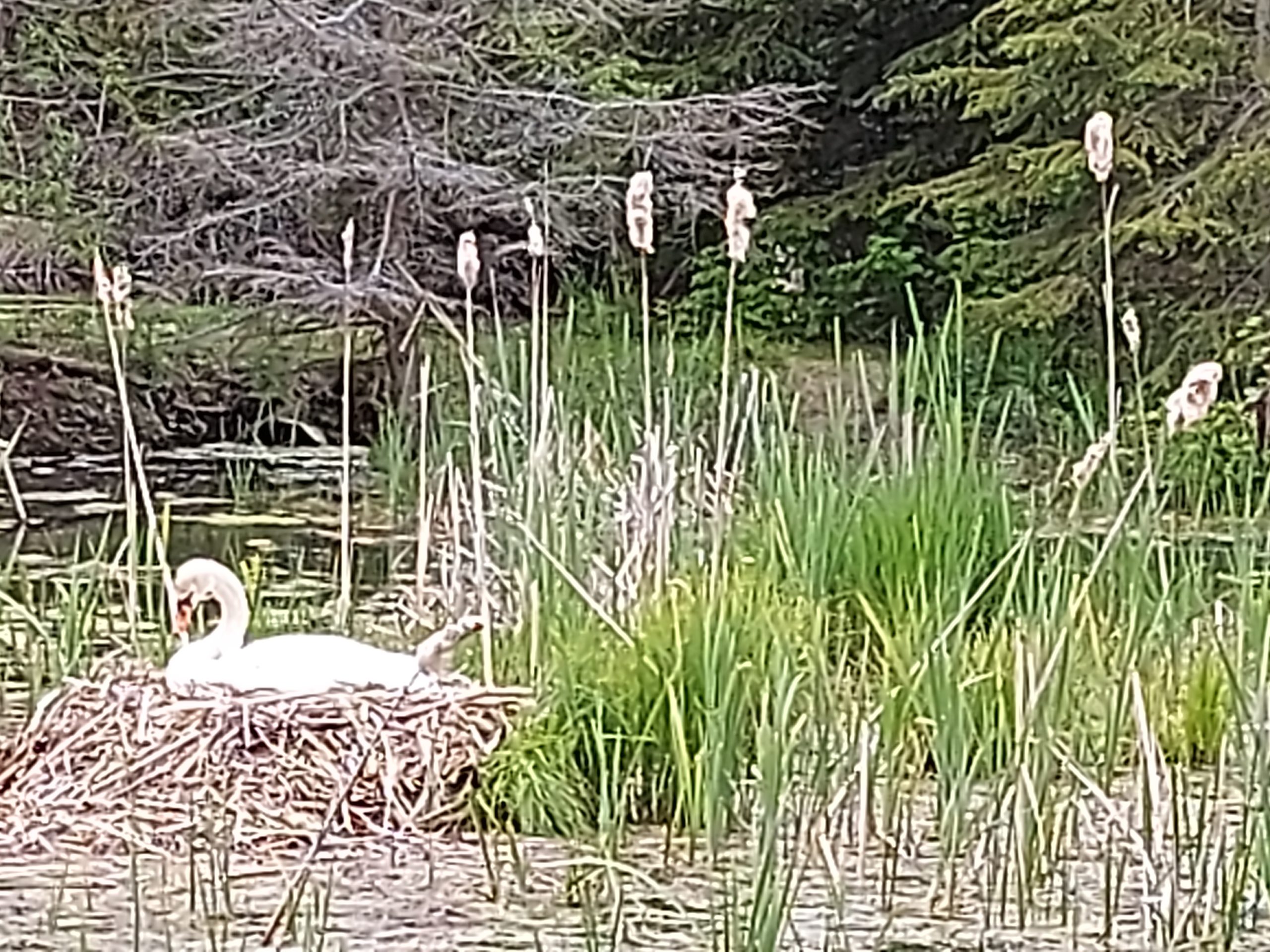One of the first places to look for garden design ideas is in the natural habitats created by Mother nature. A walk along a trail whether meadow or woodland will reveal trees, shrubs, plants and ground cover arranged to create a habitat. While walking through the wild, you notice that plants grow in a colony of like plants. For example, you will come across a beautiful grove of ferns followed a little further down the trail by a garden of Mayapple (Podophyllum). You may see a small garden of ferns or wild flowers nestled in the crook of an old stump. Of coure it is impossible for us to recreate what nature puts together but it is a good place to start to get ideas of how to plan for waves of a particular plant or how to create an understudy of shrubs below the trees.
For this month’s news letter, I asked Northumberland Master Gardeners to send me a few words about their favorite places to walk in the spring and some pictures to represent what they love about what nature has created there.
Lori Groves responded with: “One of my favourite spring walks is in the natural woodland gardens of the ravine behind my home. In solitude, I engage my senses and connect with the mosses, ferns and trilliums; the oaks, hemlocks, and old-growth cedar trees. I especially like to follow the meandering creek bed. The various signs of decay are quite fascinating and the activities of the chickadees make me curious. I never know how far my rubber boots will sink into the dark earth along the creek, and that adds an element of playfulness to the experience. Although I don’t cover much ground on my walks, I am fully immersed with a mindful awareness of nature’s gardens.
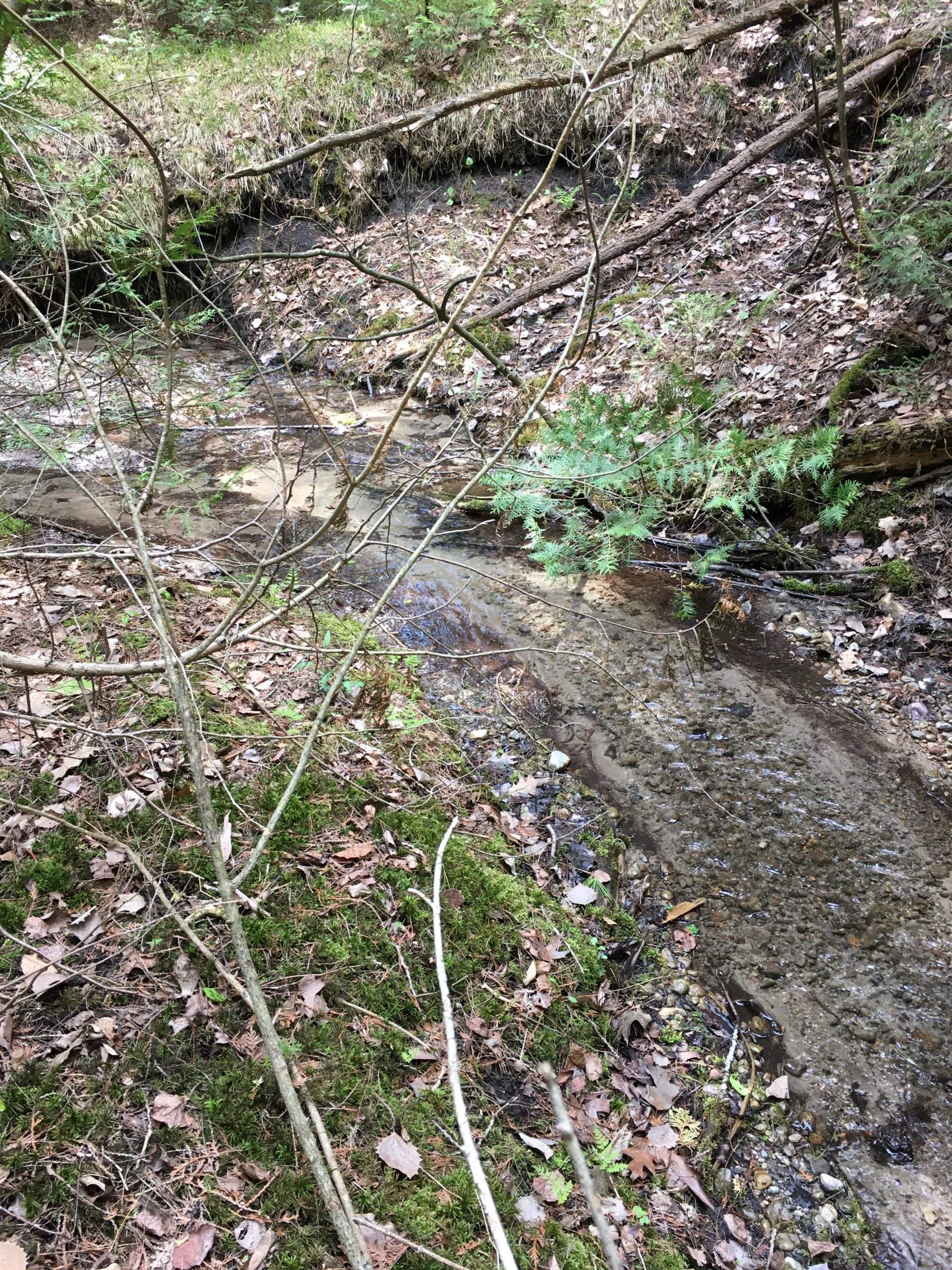
Notice new growth coming up through the oak leaves. The new plants will feed on and be kept moist by the mulch provided by the leaves. l
My favorite place to walk is Presqu’ile Provincial Park in Brighton Ontario. Starting in April, the woods are alive with wildflowers and ferns, starting early on with Anemones followed by Trilliums, Mayflower, and Violets, Columbine, Trout Lilies, and Jack in the Pulpits. I notice how these wild flowers tend to grow in colonies. The trilliums stick close to the base of the deciduous trees and the Mayflowers congregate in the dappled shade of the smaller shrubby trees. This gives me clues as to how to create a woodland space in my own garden in order to incorporate them.
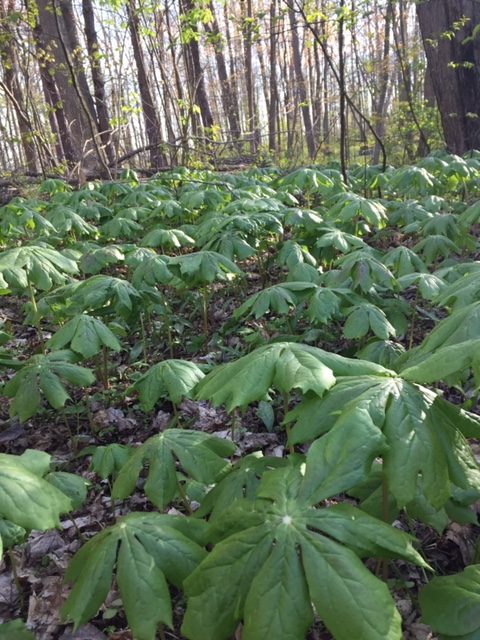
A grove of Mayapple (Podophyllum) growing in the dappled shade of some understudy shrubs at the edge of the forest.
Joy Cullen tells us that: “A few years ago, many in fact I decided I would like a “ Lilac Walk” so I cut a path in the unmown part of our front yard, dug up some lilacs from one of the hedgerows on farm and planted them. Several years later as they were beginning to take hold the resident nongardener decided that part of the yard should be mowed so goodbye lilacs. Known to persevere I replanted and I now have my lilac walk. This has been a particularly good year for flowering trees and shrubs in my garden and my lilacs are spectacular.
This is a perfect time of the year to see lilacs in bloom and to experience their heady scent. Although it is currently closed due to COVID restrictions, The Royal Botanical Garden in Burlington, Ontario has a scented garden where among other shrubs and plants lilacs are featured. The Millennium Lilac Trail in Campbellford, Ontario also provides an opportunity to experience many rare and beautiful varieties of lilacs.
Marg Tollards reports that: “Northumberland Forest has an accessible walking trail called The Carstair Univeral Trail. It is a 2.3 kilometer loop with a parking lot located at 1270 Bowmanton Road, Roseneath Ontario. The trails are wide and well maintained throughout the seasons. One can choose which trail to walk according to the its length and distance and each trail seems to meet each other. The other best thing about it is that it has been planted with native trees and each one is identified with a write-up. This provides an excellent opportunity to observe native trees growing in a natural setting before choosing one to plant in your yard.
Tanya Crowell suggests walking at the Nauwatin Nature Sanctuary, located at 100 Keewatin Drive in Grafton Ontario. Several native trees have been planted and there are ponds that are full of life.of some younger trees at the edge of the forest.

